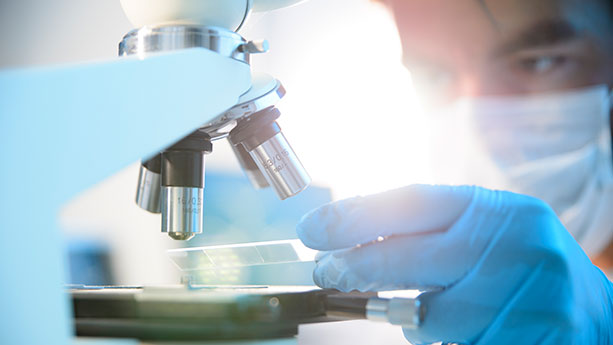Most back pain is resolved without the need for surgery, but for some conditions back and spine surgery can help. Sutter Health network board-certified neurosurgeons and orthopedic surgeons offer the latest in advanced surgical procedures and techniques. We provide services including:
Tarlov Cyst Surgery
The Sutter network is home to the Sutter Medical Foundation Tarlov Cyst Program. Led by Rudolph Schrot, M.D., MAS, FAANS, the program operates on Tarlov cysts which grow on spinal nerves. This program helps alleviate potentially debilitating symptoms from these rare cysts.
Disc Repair
In patients with pain due to a degenerated or herniated disc, surgeries such as a diskectomy—which removes a portion of the disc—can provide relief. In some cases, a corpectomy, removal of part or all of a vertebra, may also be involved. If necessary, the space left by the removed disc can be replaced with an implant or with bone.
Sacroiliac (SI) Joint Fusion
Up to 35% of people with low back pain may actually have a painful sacroiliac joint, where the sacrum and ilium pelvic bones meet. Because an MRI scan may be normal, SI joint pain can go undiagnosed for years. Comprehensive treatment includes SI joint injection or ablations. If these therapies don’t relieve the pain, you may be a good candidate for minimally invasive sacroiliac joint fusion. This surgery is performed through a 1-inch incision, takes less than an hour and involves minimal blood loss. Implants are placed across the SI joint to stabilize the joint, resulting in pain relief in most cases.
Spinal Stenosis
Spinal stenosis, or a narrowing of the spinal canal due to conditions such as arthritis, bone spurs or fractures, can cause pain, tingling and numbness. In these cases, surgeries such as laminoplasty, laminectomy and foraminotomy can relieve pressure from the nerves and/or spinal cord. In some cases, an arthrodesis (spinal fusion) can support the spine by fusing the bone together or adding instrumentation such as rods, screws or implants as necessary.
Scoliosis Surgery
Some people with scoliosis may need surgery if the curvature of the spine is severe and progressive. Otherwise the curve may cause pain, neurological impairment and affect the function of some organs such as the lungs. Both minimally invasive scoliosis surgery and traditional scoliosis surgery can straighten the curve and create a stable spine using instrumentation such as rods and screws.
Tumor Resection and Removal
In rare cases, a tumor may cause back pain or neurological impairment as it presses against the nerves. A surgeon may determine that surgery can remove the tumor safely to relieve symptoms and stabilize the spine.
Kyphosis Correction
Kyphosis, which is similar to scoliosis, is another type of abnormal curvature of the spine. It can produce a rounded or hunched back as well as pain and reduced mobility. Kyphosis correction surgery uses spinal implants to help straighten and stabilize the spine.
















